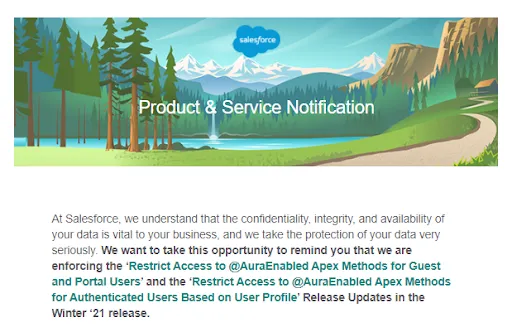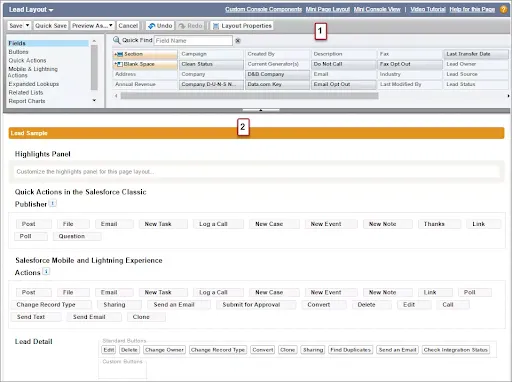Stop Guessing Revenue: Why RevOps Must Be a Function, Not the CEO’s Memory
Revenue often gets treated as the result of individual effort rather than a structured process. Without a dedicated RevOps function, organizations face unreliable forecasts, wasted marketing spend, and missed opportunities. This article explores how formalizing RevOps creates predictable growth through governance, automation, and clear accountability.

Why RevOps Must Be a Function, Not the CEO’s Memory
Many organizations treat revenue as a by-product of individual effort rather than an engineered outcome. When RevOps responsibilities live in the CEO’s head, in sales tribal knowledge, or scattered across one-off spreadsheets, management loses the ability to predictably convert marketing investment into revenue. The symptoms are familiar to most owners: noisy forecasts, marketing channels that appear to underperform, uneven lead quality, and hiring decisions made on faith rather than data. Turning revenue into a repeatable machine requires treating RevOps as a formal function — a governance layer that owns data, SLAs, attribution, and the rules for how deals move through the funnel.
Case in point
A mid-market B2B services company relied on a group of external lead suppliers and a few in-house campaigns. Because CRM fields for campaign and source were optional, leads arrived with incomplete metadata. Sales reps used ad hoc rules to prioritize follow-ups; some high-intent leads were lost in the noise and others received duplicate contact. Marketing could not demonstrate which channels produced profitable customers, and finance saw large swings between forecast and actual revenue. The leadership response was to cut the marketing budget — simpler than diagnosing process failures — which reduced pipeline flow and increased the cost per closed deal. The true root cause was structural: the organization had no single owner of the revenue engine and therefore no mechanism to close the loop between spend and results.
What to implement / Recommendations
To convert revenue from art to engineering, appoint a RevOps lead with a clear charter and the authority to enforce standards. Treat the CRM as your operational ledger: require a minimal set of capture fields (source, campaign, contact verification, deal owner) and prevent routing until these are populated. Lock your stage taxonomy in a controlled policy (versioned and auditable) so stage changes require sign-off and governance. Instrument every handoff with timestamps: automate lead routing, deduplication, and SLA escalations so you can see where process friction lives. Connect marketing spend lines to pipeline attribution and reconcile closed revenue monthly with finance. Finally, introduce a weekly forecast review that is short, structured, and owner-driven; use it to surface outliers and force corrective action rather than accepting anecdote as truth.
For executives, focus on a handful of KPIs to measure progress: lead→opportunity conversion by channel, median time-to-first-contact, forecast variance (forecast vs. actual), and percentage of opportunities with complete required fields. These numbers tell whether the engine is instrumented and whether leadership can rely on the pipeline for hiring and procurement decisions.
Expected outcome
With a named RevOps function and basic automation in place, organizations quickly reduce attribution blind spots and improve visibility into marketing ROI. The results are practical and material: fewer wasted marketing dollars, cleaner forecasts that support confident hiring and procurement, and measurable uplift in win rates achieved through process discipline rather than additional budget. In short, RevOps stops guesswork and puts governance at the service of growth.
Enjoyed the article? Follow our LinkedIn newsletter for more insights — subscribe here.





























